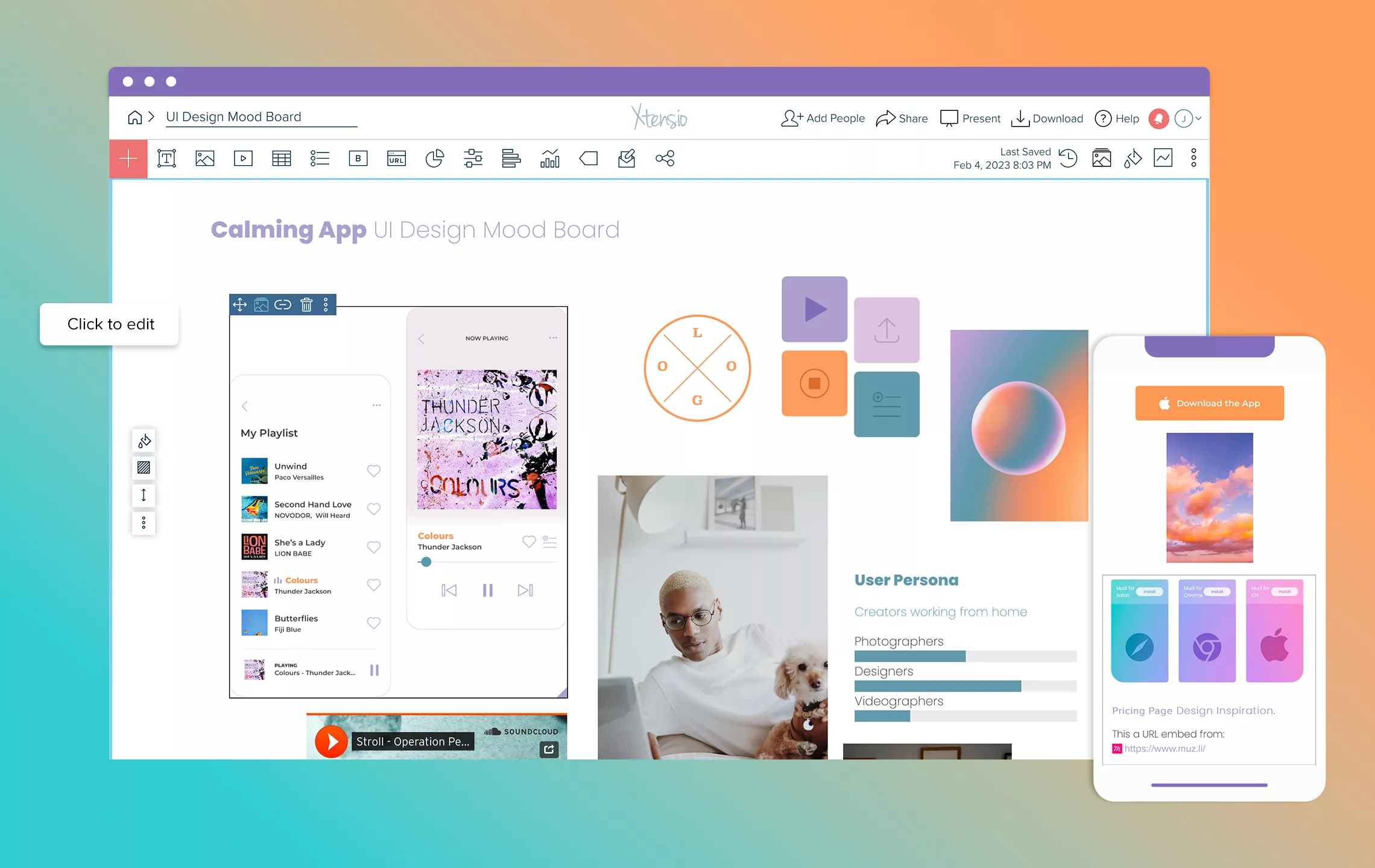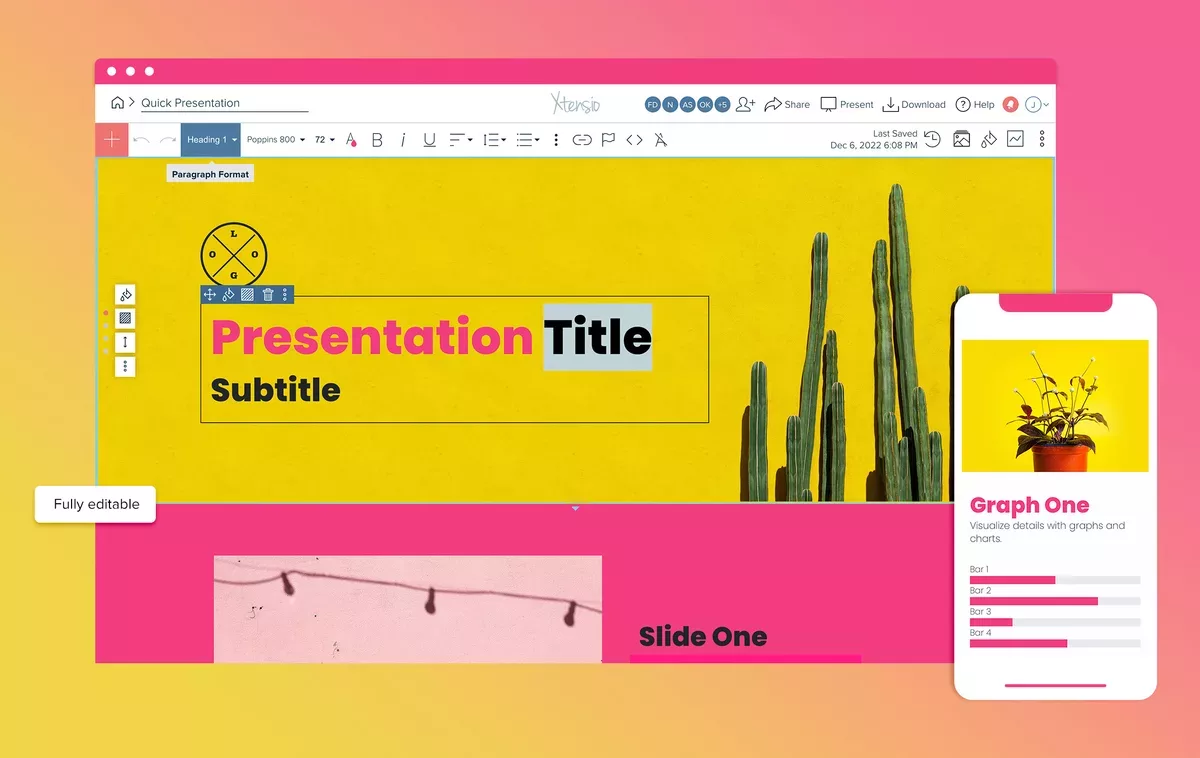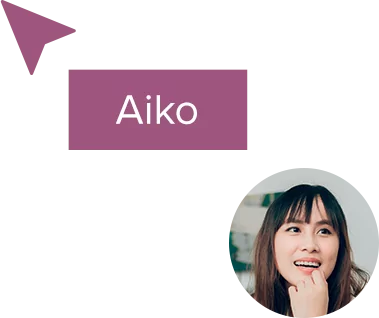Brand consistency in the age of perpetual innovation
Over the past decade, innovation has become the pillar of building a stable future in the business world. Successful businesses are always innovating, changing and improving efficiency.

80% of respondents to Deloitte’s 2018 Innovation survey claim that their organization will increase the budget for innovation over the next 2 years and 60% experiment innovating with new technologies regularly.

Equally as important in building a successful business in today’s landscape is consistent branding. Your brand establishes the company’s public persona and reinforces your organization’s values and mission. It carries the company and its products, anchoring your positioning and making it recognizable for your target audience. And according to Inc., 2019 is the year people have rediscovered the importance of branding.
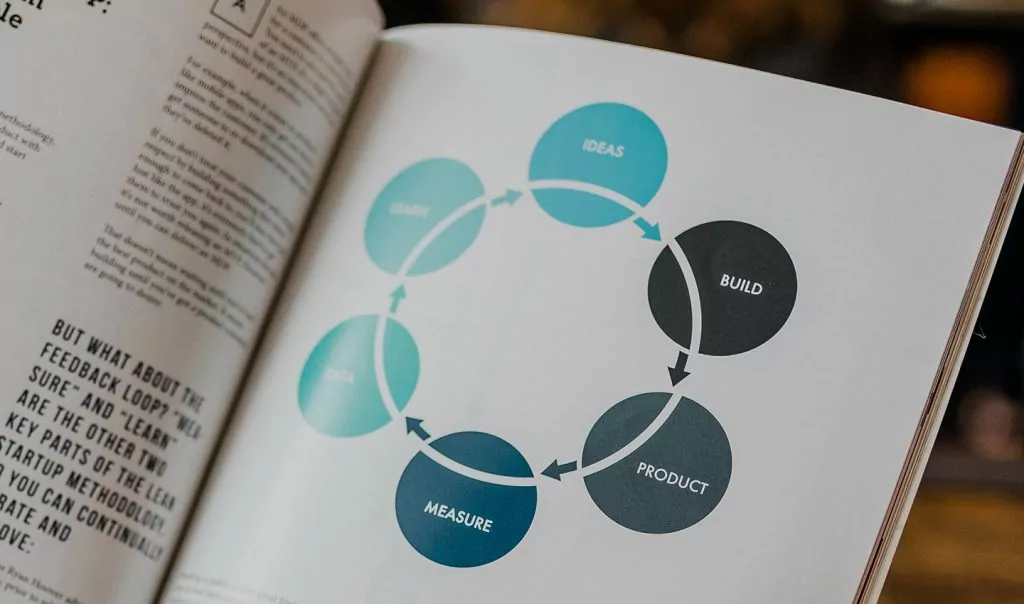
Why is it so important? Essentially, “branding gets recognition,” as Brandingmag puts it. Your brand builds trust and confidence in your products and services. And in a landscape where customers and clients have more options than ever, the brand that builds continuous trust wins the sale. Let’s put it this way, if a customer has a choice of two products, a brand name and a no-name product, they will 99-out-of-100 times choose the brand name product even if it doesn’t have the best reputation.
Stephen Shapiro describes this ever-changing business landscape as a state of “perpetual innovation,” which is necessary for creating sustainable business success and fueling growth. In this era, every business, small or large, competes in a virtual, digital space that offers an equal playing field. Every organization has to think like a startup at every step in order to understand the new technologies and industrial changes, and they have to be flexible in order to adapt to changes quickly. This shift towards digital transformation has helped improve the competitiveness of businesses and pushed the global market forward, creating more sustainable and successful companies.
That being said, keeping brand consistency in the landscape of “perpetual innovation” can be challenging. After all, innovation and consistency are contradictory terms. How do you keep a brand consistent when every other aspect of the business is constantly changing?

Another challenge at this intersection is that “perpetual innovation” opens the gates for more stakeholders, more tests, more people involved which makes it very hard to control brand consistency. It may be easy to stay on top of brand consistency when you are an agency with three employees working with one client at a time, but what happens when the team gets bigger, the projects get more complex and deadlines become more rigid? How can an organization control and grow its brand when there are multiple people, offices and clients across multiple timezones and even continents?
Challenges accepted, truly innovative companies understand that the combination of the two can achieve powerful end results. In fact, Fast Company‘s Most Innovative Companies predict that the near-future of design and branding will be a constant work-in-progress that coincides with the age of perpetual innovation.
As everything becomes available everywhere–in the physical and virtual world–more and more people will respond to designs that offer a mutable framework for personalization, individual expression, and adaptability. In other words, design will increasingly become less about what you take out of the box, and more about what that design offers over time as you live with it. — Ben Watson, Executive Creative Director, Herman Miller
Consumers trust companies (and products) more when they know that there is consistency and simplicity. Your brand is larger than your logo and colors, it’s the sum of all experience your customers and potential customers go through across all your products, services and correspondence.
So, how does a brand leader stay ahead of the pack in the digital era? It requires three main traits:
Impactful Marketing
Your brand is reinforced through all of your marketing materials; your logo, business cards, one-pagers, website, signage, social media marketing and print collateral. Reflect your brand values and identity across everything you do, from your advertising to the experience a customer has when working with your team or using your product for the first time.

Determine where you stand in the market and what value your company brings to your ideal customer. This requires some research and company-wide strategizing. Complete exercises like the SWOT analysis, brand positioning canvas, lean canvas and competitive analysis. Essentially, at the end of these exercises, your management and marketing teams should be able to sit down and clearly state where your company fits in the market and what your core values are. These values should be reflected in every piece of marketing material that’s made for your brand.
Looking for an easy editor to create your marketing materials? Xtensio’s drag-and-drop editor makes it easy to create everything from strategic business docs to full-blown client proposals, decks and other marketing collateral.
Consistent Brand Messaging
Your messaging, both client-facing deliverables and internal, cross-organizational communications, should follow brand guidelines and be consistent across the board. This doesn’t mean that all of your communications have to have the same visual look. Actually, you can and should have a variety of aesthetics that relate your brand identity.
What’s important is that you strive for visual cohesion across all of your collateral by sticking to specific standards, such as visual style, font style and size, the spacing of your logo and your brand’s color palette. In the digital age, you should also keep cohesion across your shared links, such as with Xtensio’s custom links and Rebrandly’s link shortener.
A good way to set brand consistency from the start is by defining brand standards and guidelines to help not only your sales and marketing departments but also keep all of your employees, partners and departments align with your brand identity.
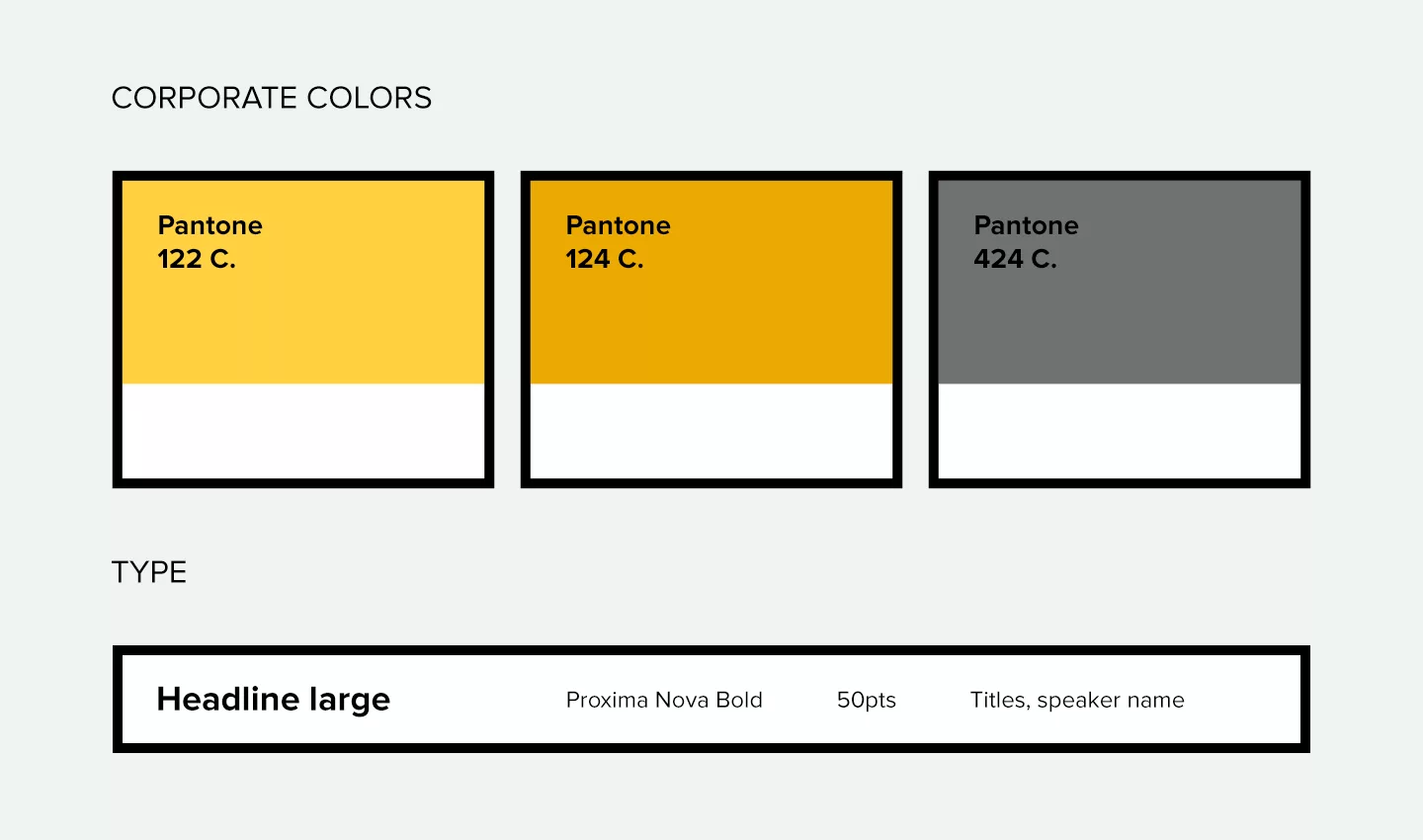
Take a look at these examples to get a general idea of how in-depth a brand style guide can be and what type of assets and information should be included in your guidelines:
- Slack Brand Guidelines: Slack’s online style guide outlines how the community can use its brand and assets, including the logo, content and trademarks These guidelines help protect the Slack brand and keep the consistency of their brand identity across partnered integrations.
- Microsoft Brand Guidelines: Microsoft has covered every imaginable way to use its corporate brand. This comprehensive guide includes instructions on using and not using the brand’s trademark and logo in print, online, in their different apps and more.
- Learn more about building a strong brand identity in HubSpot’s comprehensive guide.
But there are a couple of roadblocks with the traditional brand style guide. For larger organizations, style guides structured top-down don’t generally work across the board. The branding should empower its organization not enslave it. Smaller groups within these organizations need autonomy and the style guide should evolve to empower everyone and everything, like Greenpeace’s living style guide for a global plastics campaign.
Another issue with the traditional style guides is that, generally, they are looked at only once. So how do you lock these branding guidelines across all team members and collateral as your organization grows? Instead of being a forgotten reference point, the style guide needs to be a process that is automated into the design process.
TIP: A great way to automize your branding efforts is by customizing your Xtensio style guide. Add your company’s fonts and customize your brand’s color palette to automatically preserve brand integrity in all documentation and deliverables.
Understandable Innovation
Smart innovation will allow you to offer something unique to your customers. Just like the customers’ needs are constantly changing, truly innovative companies are able to predict and adapt to provide solutions before the customer even realizes they need them. Paradoxically, innovation is meaningless if it cannot be understood or easily digested by your customers. Strategic and consistent branding helps make innovation accessible.

People today don’t experience the Internet in a linear form. They don’t watch just one video, or read one blog post about a product. Brands will need to stop trying to tell their stories linearly, and instead break them apart and tell them across a system. Marketing campaigns will start to look like subway roadmaps, and become more granular and complex. — Steve Bear, Managing Partner, Brand Design Group at Code and Theory
You are working hard to innovate and stay relevant. If your branding efforts don’t measure up it will go to waste. To get the most out of your organization’s hard work, both need to go hand in hand. With limited resources, your best chance is to embrace innovative technologies that help build your brand consistency.
Want to learn how you can take your organization’s innovation to the next level? Learn more about using Xtensio as your team’s collaborative hub for creating, sharing and managing your branded business collateral.
With several different folios, the founders of A little goodness have become one of Xtensio’s most active users.




